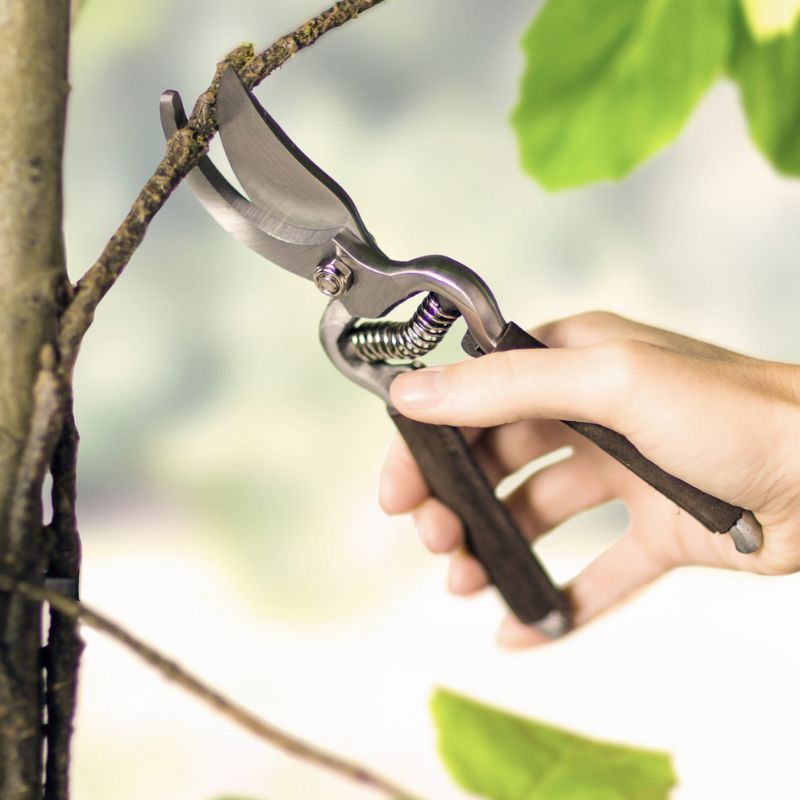What is Yellow Rattle?
Yellow rattle, scientifically known as Rhinanthus minor, is a semi-parasitic plant that is native to Europe, including Ireland. It plays a crucial role in promoting wildflower-rich meadows through its ecological interactions with other plants.
In Ireland, as in many other places, traditional wildflower-rich meadows have been impacted by changes in agricultural practices, leading to the decline of various plant species. Yellow rattle, however, can help restore and maintain biodiversity in these meadows through several mechanisms:
-
Semi-parasitic nature: Yellow rattle is a hemi-parasitic plant, which means it partially depends on grass for its nutrients. It parasitises the roots of grasses, such as the more dominant and vigorous grass species. By doing so, yellow rattle helps to suppress the growth of these grasses, reducing their competitiveness and allowing other, more delicate wildflower species to thrive.
-
Reduced competition: As yellow rattle weakens the grasses through its parasitic activities, it opens up space and resources (water, sunlight, nutrients) for other wildflowers to grow. This is particularly beneficial for smaller and less competitive wildflower species that might otherwise struggle to survive in the presence of aggressive grasses.
-
Seed dispersal: Yellow rattle produces small, rattling seed pods that scatter its seeds. This mechanism allows the plant to distribute its seeds widely across the meadow, increasing the chances of establishing new yellow rattle plants and enhancing its influence on the ecosystem.
-
Timing and management: The timing of mowing or grazing is essential for the success of yellow rattle in promoting wildflower-rich meadows. By mowing or grazing the meadow early in the season before yellow rattle seeds ripen, the grasses are reduced while the yellow rattle seedlings are still small. This gives the wildflowers, including the yellow rattle, a head start to establish themselves before the grasses become too dominant again.
Overall, the presence of yellow rattle in a meadow can contribute to the creation of a more diverse and balanced ecosystem. It helps maintain the delicate balance between grasses and wildflowers, supporting a greater variety of plant species and providing essential habitats for various insects, birds, and other wildlife. This, in turn, enhances the ecological value and visual appeal of wildflower-rich meadows in Ireland.














